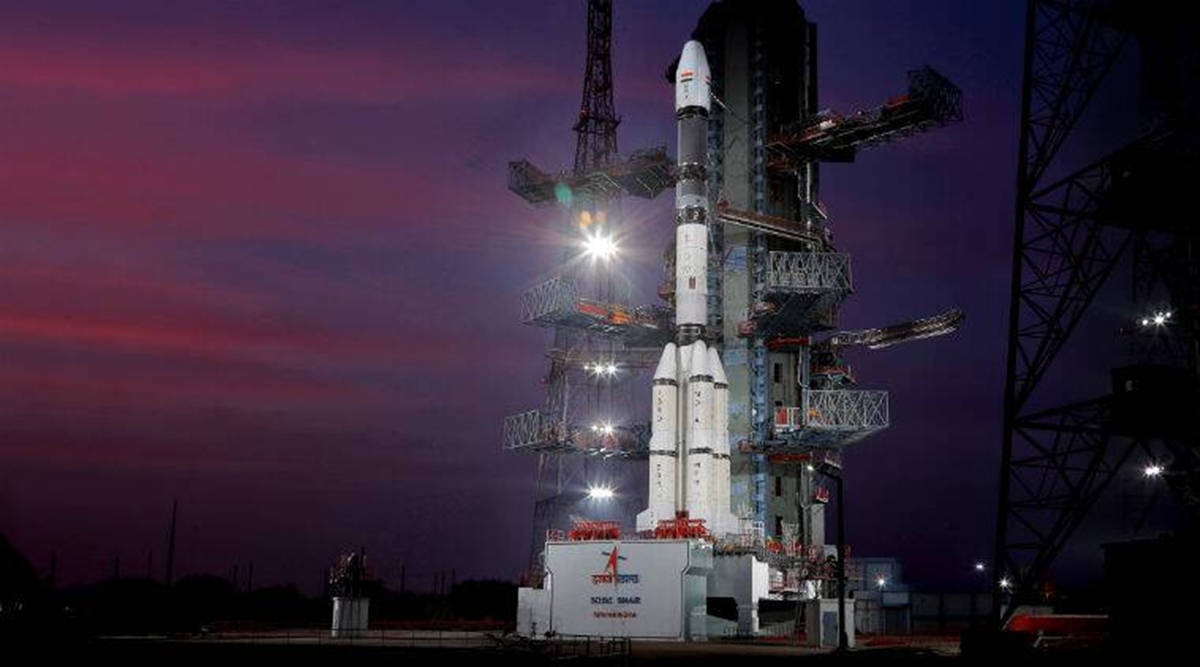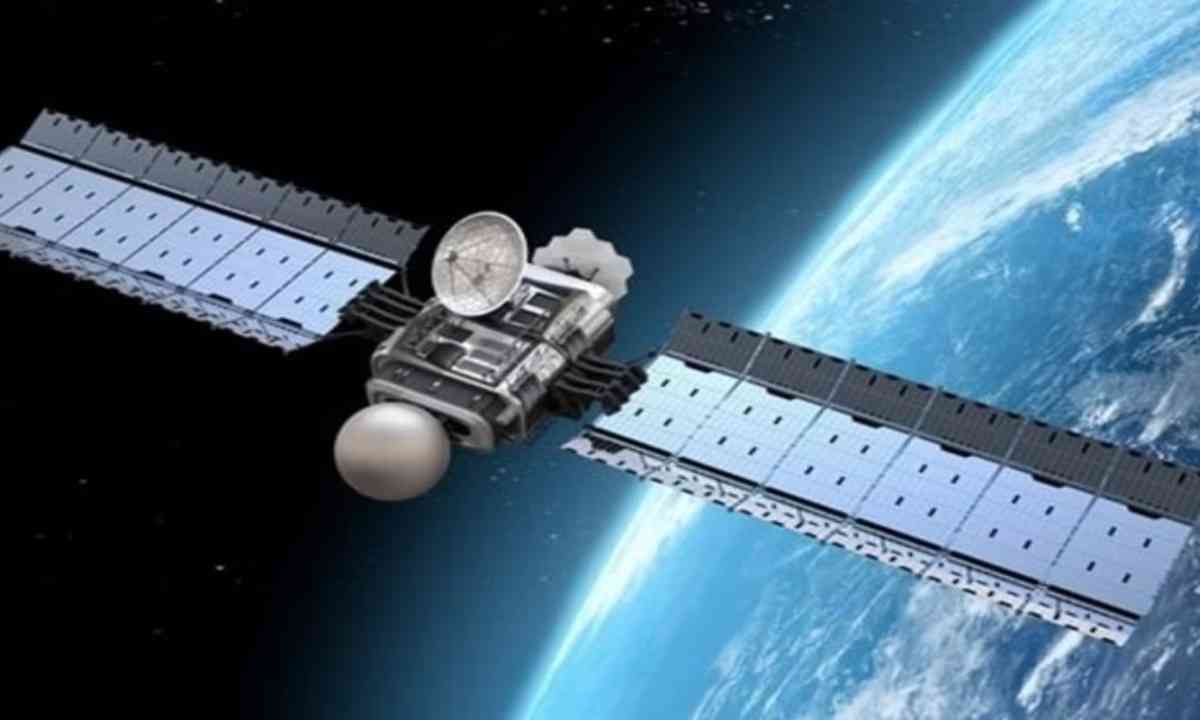The Indian Space Exploration Association (ISRO) is intending to send off NVS-01, a route satellite on board the Geosynchronous send-off Vehicle or GSLV Mk-II, on May 29, a senior authority said on Saturday. NVS-01's launch is expected to occur around May 29. This will be a return flight mission for the GSLV send-off vehicle, which will convey the cutting-edge NavIC satellite."This satellite will replace the 2016-launched IRNSS-1G satellite," a senior ISRO official said, looking for anonymity. IRNSS-1G was the last route satellite of the seven satellites comprising the IRNSS space fragment. PSLV-C22, PSLV-C24, PSLV-C26, PSLV-C27, PSLV-C31, and PSLV-C32 launched their predecessors, IRNSS-1A, 1B, 1C, 1D, 1E, and 1F, in July 2013, April 2014, October 2014, March 2015, January 2016, and March 2016, respectively.

ISRO has developed a regional navigation satellite system known as Navigation with Indian Constellation (NavIC) to meet the nation's needs for positioning, navigation, and timing. The Indian Regional Navigation Satellite System (IRNSS) was the previous name of NavIC. Seven satellites in a star group and a system of 24x7 ground stations were planned for NavIC. Three satellites of the star grouping are put in the geostationary circle and four satellites in the slanted geosynchronous circle. A control center, a precise timing facility, range and integrity monitoring stations, two-way ranging stations, and other components make up the ground network.
Standard position service (SPS) for civilians and restricted service (RS) for strategic users are the two services offered by NavIC. These two administrations are given in both L5 (1,176.45 MHz) and S-band (2,498.028 MHz). India and a region that extends up to 1,500 kilometers beyond the Indian frontier comprise the NavIC coverage area. NavIC signals are made to give users timing and position accuracy that is better than 50 nanoseconds and better than 20 millimeters. The IRNSS-1G satellite, which was launched in 2016, will be replaced by the NVS-01 satellite, which has a 12-year mission life. Among the as-yet working satellites in the heavenly body, the earliest to be sent off was IRNSS-1B in 2014 with a mission life of 10 years.
© Copyright 2023. All Rights Reserved Powered by Vygr Media.
























